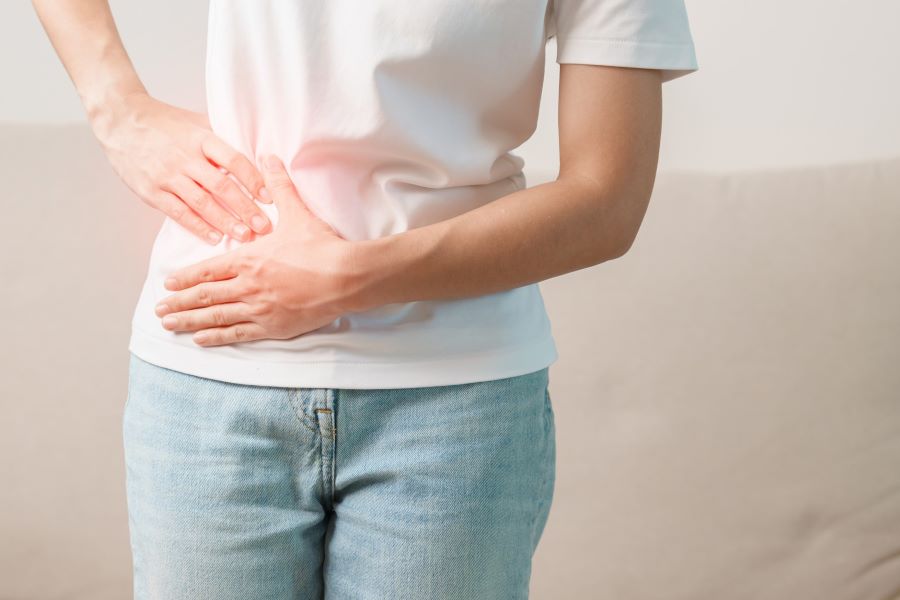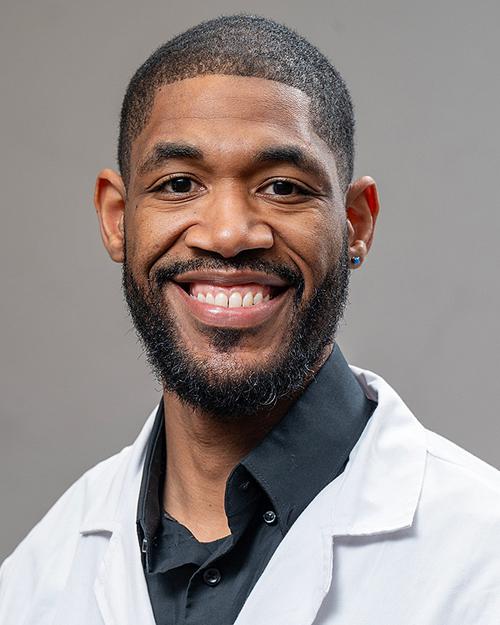
As a practicing surgeon in Cherokee County, Georgia, I frequently treat patients suffering from gallbladder disease — a condition that affects about 10% to 15% of adults in the United States. In fact, gallbladder-related issues rank among the top 10 reasons for emergency room visits in our region. Obesity, which affects more than 35% of the local population, is a significant contributing factor.
So, what exactly is gallbladder disease? The gallbladder is a small organ located beneath the liver. It stores and concentrates bile, a fluid produced by the liver to help digest fats. When you eat a fatty meal, the brain signals the gallbladder to release bile into the digestive tract. Problems arise when this bile becomes imbalanced — too much cholesterol or not enough bile salts — leading to the formation of gallstones.
Interestingly, many people have gallstones without symptoms. It’s when these stones start causing pain — known as biliary colic — that we become concerned. The pain typically begins under the sternum and shifts to the right upper abdomen, often radiating to the back or shoulder. It usually occurs after eating, especially fatty foods, and may be accompanied by nausea, vomiting or bloating. These episodes often subside within a few hours, but as they become more frequent or severe, they may signal the need for medical evaluation.
In some cases, stones block the ducts leading from the gallbladder, causing inflammation or even infection. This can lead to complications like cholecystitis or gallstone pancreatitis — conditions that often require urgent surgery. Other indicators for surgery include gallbladder polyps, a porcelain gallbladder (calcified wall) or persistent symptoms.
Most gallbladder removals (cholecystectomies) today are performed using minimally invasive techniques like laparoscopic or robotic-assisted surgery. These methods involve small incisions, allowing for quicker recovery, less pain and lower risk of complications. However, if the anatomy is unclear or the inflammation is severe, conversion to an open procedure may be necessary. The average surgery takes 45 to 90 minutes, and many patients go home the same or next day.
Like any operation, gallbladder surgery carries risks — bleeding, infection, bile duct injury or bile leaks. These are rare but possible. We take great care to minimize these outcomes using advanced visualization and technology, including fluorescent imaging to identify vital structures.
Postoperative recovery varies. Most patients resume normal activity within two weeks, though full healing may take up to eight weeks. I recommend starting with a low-fat diet and gradually reintroducing other foods. Diarrhea and bloating are common but usually resolve within six months. For persistent symptoms, further evaluation may be needed.
Knowing when to seek help is crucial. Fever, persistent pain, jaundice or wound issues are red flags. In our practice, we provide clear post-op instructions and offer a 24-hour helpline for any concerns.
Ultimately, the goal is to return you to a healthy, pain-free life. If you’re experiencing recurrent abdominal pain after meals, don’t ignore it. Talk to your doctor, and know that we’re here, ready to help when you need us most.
Learn more about surgical services at Northside.

